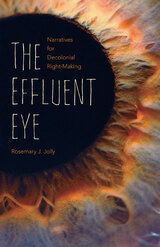12 start with N start with N
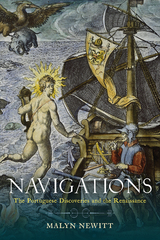
The lasting impact of historic Portuguese voyages of discovery is unquestionable. The slave trade, the diaspora of the Sephardic Jews, and the intercontinental spread of plants and animals all make clear these voyages’ long-term global significance. Navigations reexamines these Portuguese quests by placing them in their medieval and Renaissance settings. It shows how these voyages grew out of a crusading ethos, as well as long-distance trade with Asia and Africa and developments in map-making and ship design. Malyn Newitt also narrates these voyages of discovery in the framework of Portuguese politics, describing the role of the Portuguese ruling dynasty—including its female members—in the flowering of the Portuguese Renaissance, the creation of the Renaissance state with its distinctive ideology, and in the cultural changes that took place within a wider European context.
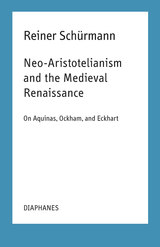
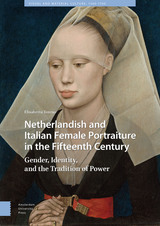
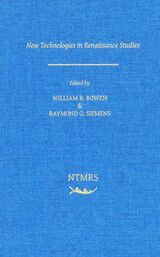
The first volume of the series, New Technologies and Renaissance Studies, presents a collection of contributions to one ongoing forum for the dialogue which lies at the heart of the book series, the annual "conference within a conference" of the same name which takes place during the Renaissance Society of America gathering, dedicated specifically to the intersection of computational methods and Renaissance studies. Papers in this volume exemplify those fruitful and productive exchanges, from their inception at the 2001 meeting in Chicago to the 2005 meeting in Cambridge.
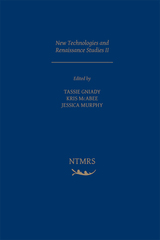
In the fourth volume of the New Technologies in Medieval and Renaissance Studies series, volume editors Tassie Gniady, Kris McAbee, and Jessica Murphy bring together some of the best work from the New Technologies in Medieval and Renaissance Studies panels at the Renaissance Society of America (RSA) annual meetings for the years 2004–2010. These essays demonstrate a dedication to grounding the use of “newest” practices in the theories of the early modern period. At the same time, the essays are interested in the moment—the needs of scholars then, the theories of media that informed current understanding, and the tools used to conduct studies.
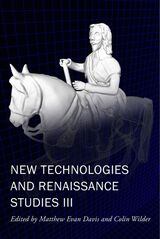
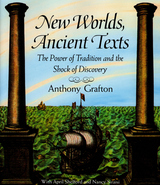
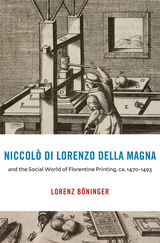
A new history of one of the foremost printers of the Renaissance explores how the Age of Print came to Italy.
Lorenz Böninger offers a fresh history of the birth of print in Italy through the story of one of its most important figures, Niccolò di Lorenzo della Magna. After having worked for several years for a judicial court in Florence, Niccolò established his business there and published a number of influential books. Among these were Marsilio Ficino’s De christiana religione, Leon Battista Alberti’s De re aedificatoria, Cristoforo Landino’s commentaries on Dante’s Commedia, and Francesco Berlinghieri’s Septe giornate della geographia. Many of these books were printed in vernacular Italian.
Despite his prominence, Niccolò has remained an enigma. A meticulous historical detective, Böninger pieces together the thorough portrait that scholars have been missing. In doing so, he illuminates not only Niccolò’s life but also the Italian printing revolution generally. Combining Renaissance studies’ traditional attention to bibliographic and textual concerns with a broader social and economic history of printing in Renaissance Italy, Böninger provides an unparalleled view of the business of printing in its earliest years. The story of Niccolò di Lorenzo furnishes a host of new insights into the legal issues that printers confronted, the working conditions in printshops, and the political forces that both encouraged and constrained the publication and dissemination of texts.

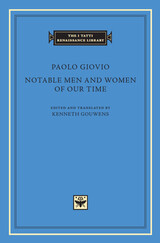
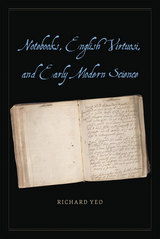
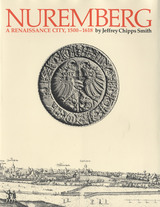
Although renowned for the excellence of its medieval art, the German city of Nuremberg reached the height of its artistic brilliance during the Renaissance. Beginning its ascendancy during the late fifteenth century, by 1500 the city had blossomed into both Germany's preeminent artistic center and one of the foremost cultural centers in all of Europe. Nuremberg was the home of Albrecht Dürer, the greatest Northern Renaissance master, whose creative genius inspired two generations of German artists. However, Dürer was only one of a host of extraordinary painters, printmakers, sculptors, and goldsmiths working in the city. Georg Pencz, Hans and Barthel Beham, Hans Schäufelein, Jost Amman, and Hans Lautensack were among the most accomplished printmakers of the day. Veit Stoss, Adam Kraft, Peter Flötner, and the Vischer family dominated early sixteenth-century German sculpture. Goldsmith Wenzel Jamnitzer was rivaled only by Florentine master Benvenuto Cellini in his inventiveness and technical virtuosity.
This remarkably comprehensive volume is the first English-language examination of Nuremberg at its creative peak. Following a mapping of the city's principal landmarks, Guy Fitch Lytle provides a compact historical background for Jeffrey Chipps Smith's detailed discussions of the city's social and artistic history. Smith examines the religious function of art before and during the Reformation to demonstrate the magnitude of the cultural transformations that resulted from the adoption of Lutheranism in 1525. He considers the early manifestations of humanism in Nuremberg and its influence on the art of Dürer and his contemporaries, and he reviews the central role of Dürer's pedagogical ideas and his workshop in the dissemination of Renaissance artistic concepts. Finally, Smith surveys the principal artists and stylistic trends in Nuremberg from 1500 to the outbreak of the Thirty Years War in 1618.
Nuremberg: A Renaissance City, 1500-1618 is the permanent record of an exhibition organized by the Archer M. Huntington Art Gallery as part of the centennial celebration of the University of Texas at Austin. As such, it represents not only a thorough introduction to the cultural heritage of Nuremberg during its period of greatest glory but also a catalogue of the more than two hundred objects borrowed for the exhibition from public and private collections in the United States, Canada, and Germany. The catalogue contains biographical sketches of forty-five major artists of the period. Over three hundred illustrations depict the city and its most magnificent artistic treasures.
READERS
Browse our collection.
PUBLISHERS
See BiblioVault's publisher services.
STUDENT SERVICES
Files for college accessibility offices.
UChicago Accessibility Resources
home | accessibility | search | about | contact us
BiblioVault ® 2001 - 2024
The University of Chicago Press





